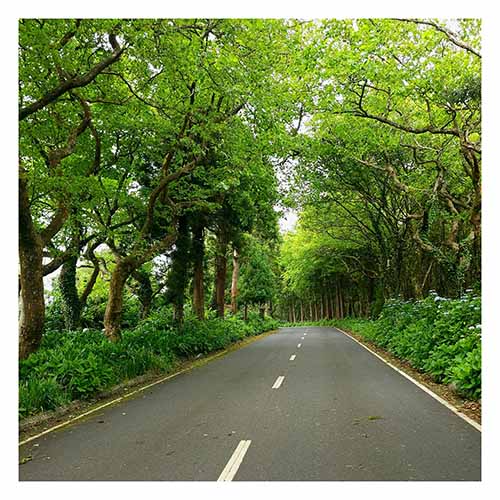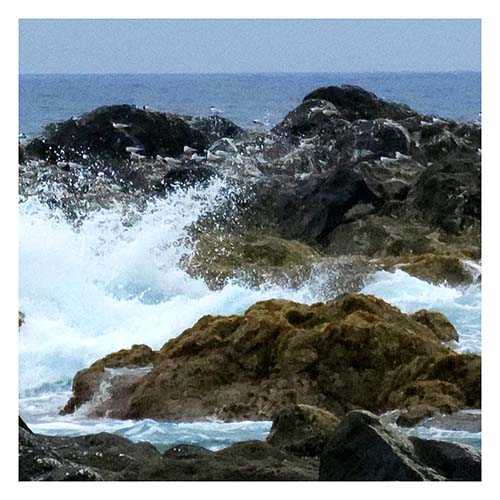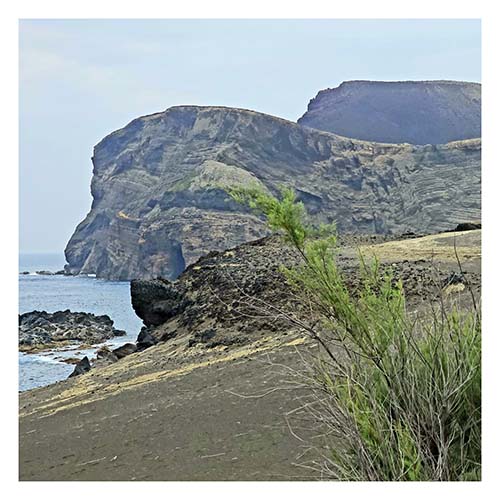Day 12 – Diggings
Friday, 30th June
Hello,
in the children's circles I was involved in when I was young, you could reliably tell boys and girls apart by their sandpit behaviour. The girls baked sand cakes and the boys dug deep holes. I had the most fun completely soaking myself with a mixture of water and sand.
A classmate once told me that he had dug so deep that it had become quite hot, whereupon another outdid him. He had already sighted green, hot stones at one of his excavations. Of course, he used a different expression at the time. But if he had known this expression for digging, he would certainly have used it.
If I had read the Wikipedia article on volcanism back then, I would definitely have had both holes shown to me. Not because I mistrusted the boys. I would have been interested in the hole as such. It would have had to be at least 2km deep. I now know that the logistical effort of digging holes of that depth would have been beyond them, even if they had worked together. When I think about it today, the stories did have some gaps.
The Azores were formed by volcanism. On Faial, the Caldeira do Cabeço Gordo, the remains of the cauldron-shaped crater rim, rises in the centre of the island. Experienced climbers can reach it from our hotel in four hours. Matthias and Timo had thought about minority rights and rented a car. That's why we drove up the volcano.
On the way, we noticed that others had had the same idea. The weekly meeting of the North Atlantic cloud chain took place yesterday on the caldera and arrived shortly before us. An unbroken band of clouds paraded over the caldera and looked around. Probably they were having a barbecue or coffee, but we didn't see anything of that. At our destination car park, a cumulus cloud awaited us and completely enveloped us in welcome. A well-intentioned gesture. A few steps further on, our view was also blocked: Shift clouds, stretching their legs, making arrangements and discussing meeting objectives. There was nothing to be done. We had the choice of crawling on all fours to scan the remains of the volcano or do something else.
We continued west. There, 66 years ago, the Volcão dos Capelinhos erupted, which I would translate as Kaplan volcano. You can learn all about it in a small museum. In twelve minutes, a 3D film informs you about the history. It starts with the prehistoric continent of Pangaea, ends with the formation of the volcano and explains why the lighthouse is standing around so unmotivated on the mainland. Originally, the lighthouse stood directly on the sea.
Little Lino came out of the film deeply impressed. It settled down on the beach and began to dig a deep hole. Probably after the holidays he will tell his girlfriend Calista the exciting story of how he dug all the way to the magma chamber of a still bubbling volcano. Some things never change.
Kind regards
Pinky






